Urgency & Dismay, Appendix A
Sunday 16 April 2023
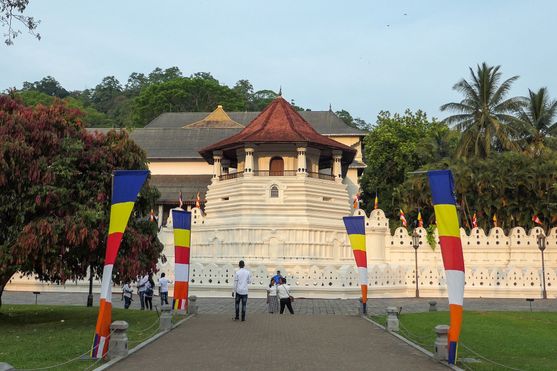
Northern India and Nepal
In the Mahā Parinibbāna Sutta, the Buddha tells Ānanda that Lumbini, Bodhgaya, Sarnath and Kushinagar are the four places that merit being seen: where the Buddha was born, where he was enlightened, where he set the Wheel of Dhamma in motion and where he was totally unbound. But, of course, there are many more destinations for Buddhist pilgrims than these.
Even in Northern India and Nepal, there are four second-tier pilgrimage destinations. Rajgir, where the Buddha preached at Vulture Peak and where he miraculously calmed an angry elephant who was intent on killing a child. Vaishali, where he spend his last rainy season before his Total Unbinding, and where he was once miraculously fed with honey by a monkey. Shravasti, the site of the Jetavana monastery, where the Buddha spent many rainy seasons preaching and where he proved his credentials to some skeptical religious leaders by performing the Twin Miracle. And Sankissa, where the Buddha descended by ladder from heaven, after spending a rainy season in one of the heavens teaching his deceased mother about the Dhamma.

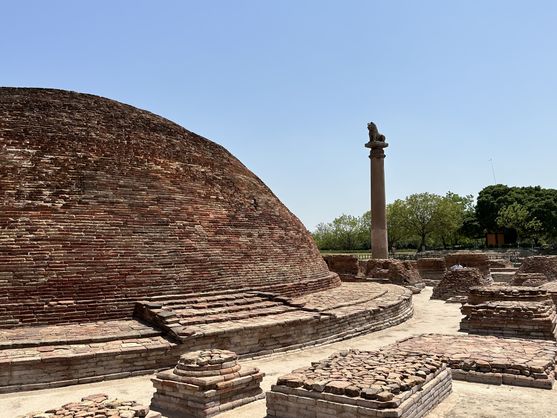
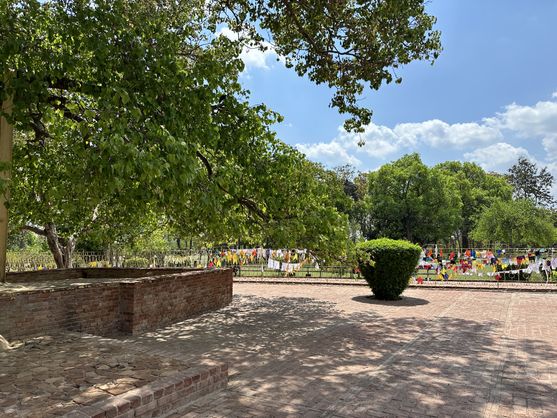
(We managed to visit the first three of these; the last one is near Agra, I think, but we weren’t really aware of it when we were there.)
But there are other places to visit as well. Kapilavastu, where Siddharta Gautama was brought up in a palace, which he fled in order to become a monk. (There are two Kapilavastus, one in India and one in Nepal, understandably.) The Dungeshwari Cave Temple, where the Buddha spent six years practising asceticism before finally rejecting it. The Matha Kuar shrine, on the spot where Ānanda got the Buddha his last drink of water from a miraculously clear stream. And the Kesariyra Stupa, where the Buddha gave away his begging bowl before going to Kushinagar for the last time.
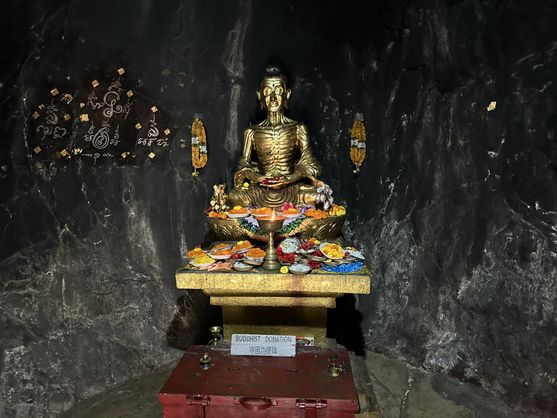
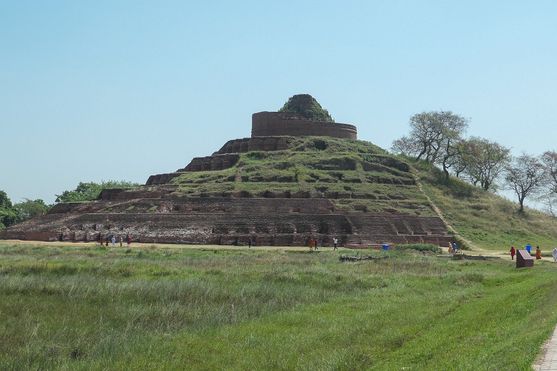
Sri Lanka
We’re a long way away from all those places now: we’re in Sri Lanka, with just a few hours to go until our five-day trip is over. But we’ve still been able to visit local Buddhist pilgrimage sites — including some very sacred ones — even though the Buddha himself never came anywhere near here.
According to one story, Buddhism was brought to Sri Lanka in the third century BCE by a son and a daughter of King Ashoka, a Buddhist monk called Mahinda and a nun called Sangamitta. Accompanied by a group of Buddhist monks, they encountered the king and his hunting party in the hills of Mihintale.
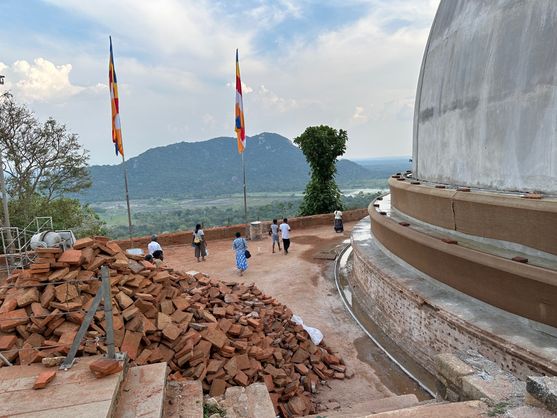
After preaching on of the suttas, Mahinda convinced the king of the truth of their religion, and he promptly converted, building Sri Lanka’s first Buddhist stupas and temples in his capital Anuradhapura. Today, 70 percent of Sri Lanka’s population are Buddhists.
Sangamitta brought a sapling of the Bodhi tree from Bodhgaya to Sri Lanka, and today, over two thousand years later, it can be seen among the ruins of Anuradhapura, where it is still an object of devotion for Buddhist pilgrims.
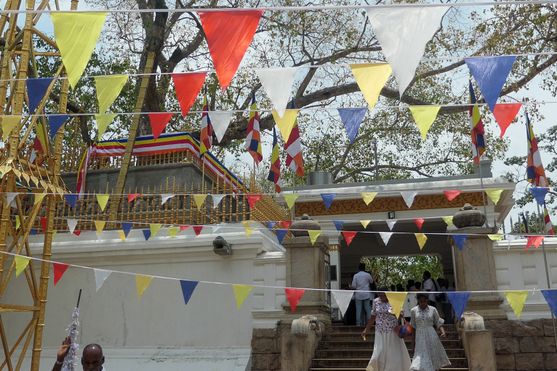
(In fact, the bodhi tree we saw at Bodhgaya is a descendant of this tree, brought from Sri Lanka to India by the archaeologist Major-General Sir Alexander Cunningham, who had a massive role in unearthing many of the sites that I have talked about here.)
So: a story and a physical relic, linking a far distant pilgrimage site to the life of the Buddha himself.
And here’s the story of a second physical relic: a bone from the Buddha’s body that survived his cremation. When Mahinda told his father King Ashoka that there were no relics in Sri Lanka, Ashoka agreed to send over the right collarbone of the Buddha, which was housed in a stupa built for the purpose, the Thuparamaya.

And a third: one of the Buddha’s canine teeth was brought from India and housed in the Abhayagiri Monastery in Anuradhapura. After Anuradhapura was abandoned, it was moved to the new capital Polonnaruwa, where it may have been housed in a round temple whose ruins are still visited by the occasional pilgrim. (It may actually have been housed in a different building nearby.)
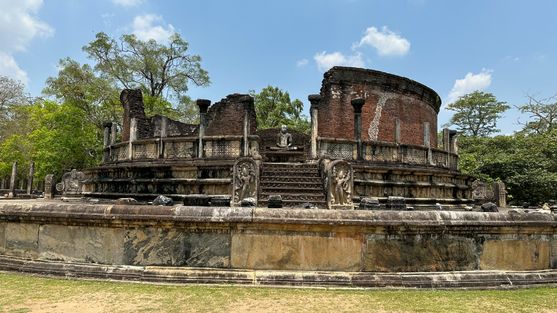
Over the centuries, the tooth travelled all over Sri Lanka as political and military events demanded, but it’s now in the Temple of the Tooth in Kandy, another former capital of Sri Lanka, which we visited on the first day of our stay here. It’s a beautiful building — a converted palace — and twice a day, patient devotees endure an hour of being squashed together in small rooms, climbing up and down staircases, and politely listening to shirtless locals banging away on very loud drums: they are rewarded with a glimpse of an ornate gold box which may or may not contain the tooth in question.
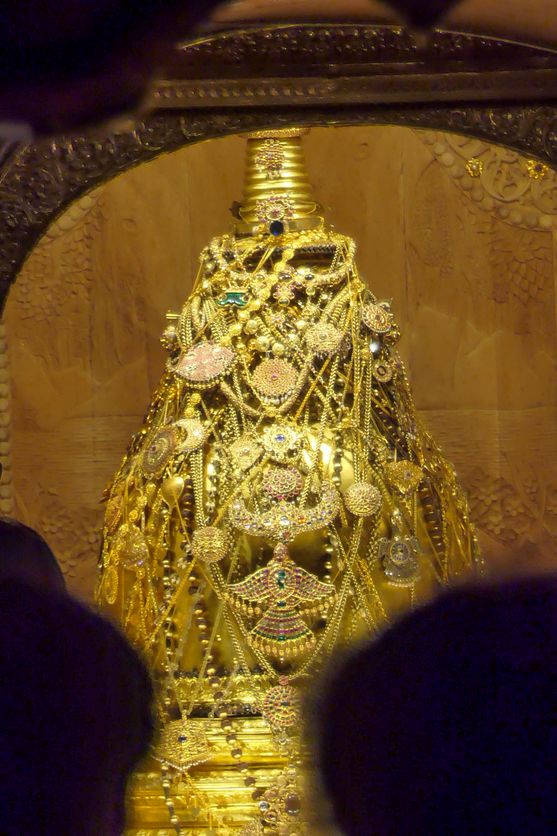
Bangkok tomorrow. Three nights there, eating and doing Buddhist things, before I catch the plane home on Thursday night. I’ll try and write once more before then.